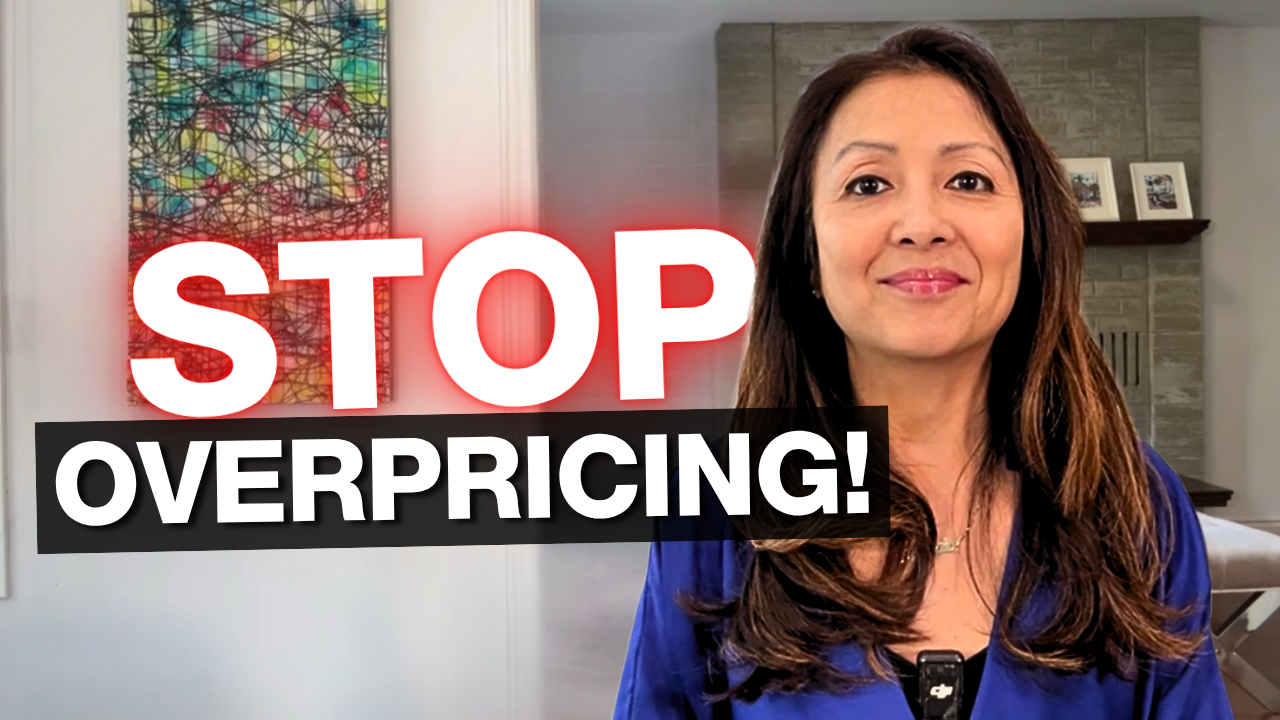How to Price Your Home in a Slow Market (Don’t Make This Mistake!)

Why Pricing Smart Matters in Today’s Market
If you’ve been following the housing market, you’ve probably noticed a trend: homes are sitting on the market much longer than expected. According to Real Estate Magazine, over 79.5% of Canadian homes listed for sale right now aren’t selling. That’s a staggering number.
So, what’s going on? Why are so many homes failing to attract buyers — and more importantly, what can you do differently if you’re planning to sell?
From my experience and insights shared by Suze Cumming in her article Negotiation Intelligence: Mastering the Art of Pricing in a Stalled Market, the answer often comes down to one thing: pricing strategy.
Why So Many Homes Aren’t Selling
Here are the top reasons homes stall on the market:
-
Overpricing from the start – Some agents overprice to win a listing, but that strategy usually backfires.
-
Bad data – Not all comparables are equal. Using the wrong sales data leads to skewed pricing.
-
Wishful thinking – Hoping for a miracle buyer or a sudden market bounce doesn’t typically work.
-
Seller psychology – Owners naturally see more value in their homes due to personal attachment and memories.
The bottom line: in a slow market, time is not your friend. The longer your home sits, the less appealing it looks to buyers.
The Real Goal: Probability of Sale
Here’s the shift in mindset sellers need:
It’s not about chasing the highest asking price.
It’s about maximizing your chances of actually selling.
A well-priced home automatically stands out because most listings are overpriced. This means more showings, more serious buyers, and a better chance of getting an offer that sticks.
How to Talk About Price (Truth, Empathy, Clarity, Courage)
Having honest pricing conversations can be tough, but they’re crucial. The framework I use — and which the Real Estate Magazine article highlights — is this:
-
Truth: Show the real data. “This is what buyers are paying right now.”
-
Empathy: Acknowledge their feelings. “I know this is hard to hear.”
-
Clarity: Keep options simple. “List here for activity, or higher and risk sitting.”
-
Courage: Stand firm. If another agent promises more, ask: “What data are they basing that on?”
This balance of honesty and compassion helps sellers shift their perspective toward reality.
A Simple Framework for Pricing Right
When I price a home, here’s the process I recommend:
-
Do the homework – Use accurate sold comparables.
-
Create a pricing band – Show a range (aggressive, realistic, conservative).
-
Explain the risk of overpricing – Demonstrate how price cuts hurt momentum.
-
Lead with the realistic number – Don’t anchor with the “dream” price.
-
Monitor and adjust quickly – If there’s no activity in 2–3 weeks, make changes before the listing goes stale.
This isn’t just about setting a number. It’s about creating a pricing strategy that works in today’s market.
Common Seller Objections (and How to Handle Them)
-
“I want to try higher, just in case.”
? “I get it. But in this market, waiting usually costs more than it gains.” -
“Another agent said I can get more.”
? “Let’s review their data. What are they basing that on?” -
“I’m not in a rush, I can wait.”
? “The longer it sits, the worse it looks. Buyers assume something’s wrong.” -
“Prices haven’t dropped that much.”
? Show sold data. Numbers don’t lie.
A Quick Story
I recently worked with a seller who wanted to list at $875,000. After reviewing the comparables, I recommended $828,000 instead.
Within two weeks, we had strong showings and secured an $825,000 offer with clean terms and a quick close.
Had we chased $875,000, that property would likely still be sitting — with price reductions and less buyer interest.
Final Thoughts
In today’s slow market, pricing isn’t just about numbers. It’s about strategy, positioning, and timing.
If you’re selling, resist the temptation to chase a “dream number.” Price it right, create demand, and move forward with your plans.
If you’re an agent, this is your competitive edge. While most listings are overpriced, the ones priced correctly are the ones that sell.
?? Thinking about selling your home in Mississauga or the GTA?
I’d love to walk you through a tailored pricing strategy for your property. Reach out to me at MariaHomes.ca and let’s get started.